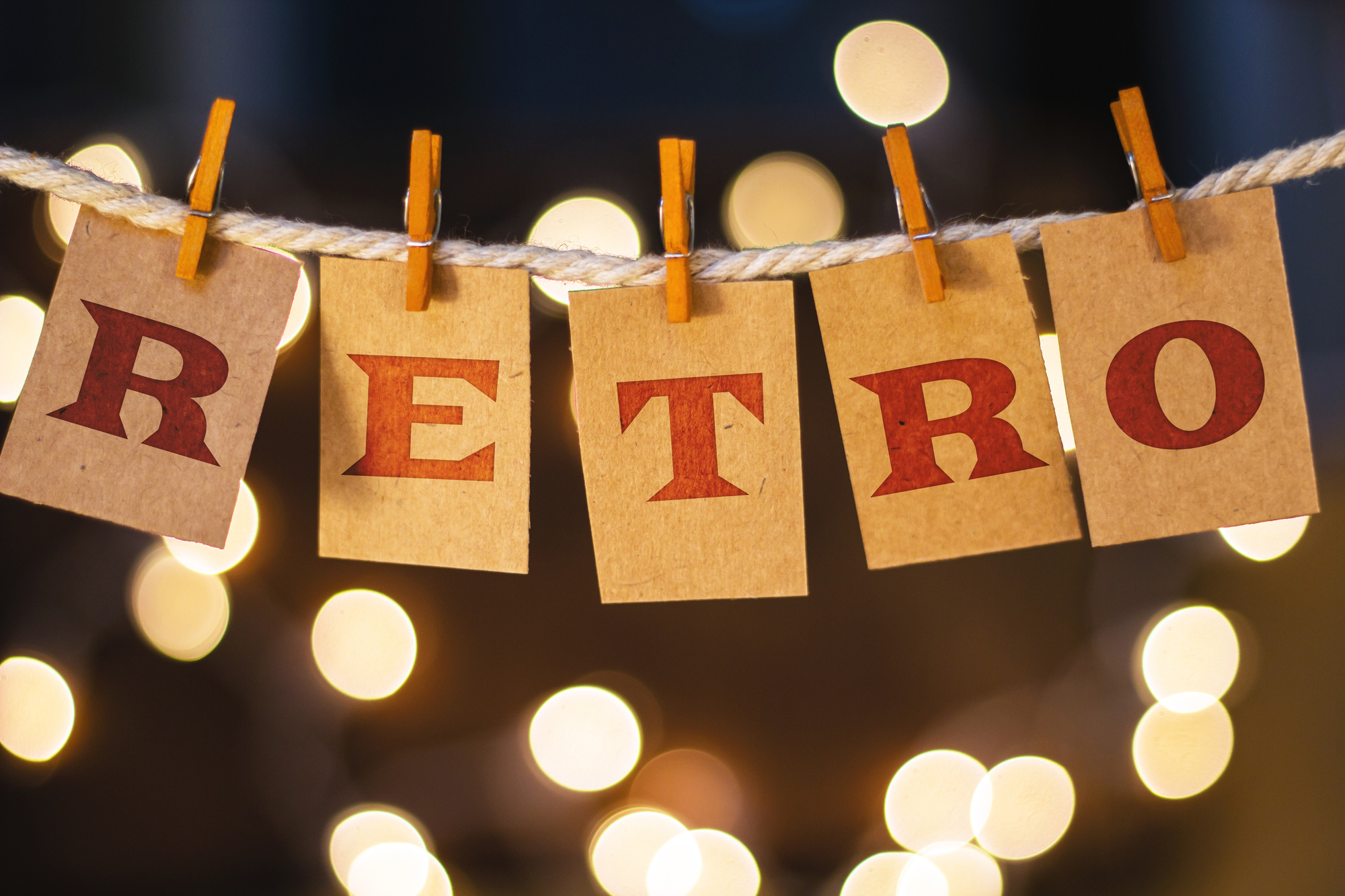
Everything old is new again, and that’s especially true in the world of logo design. Retro designs are back in, adding a nostalgic je ne sais quois to even the most mundane brands.
Here, take a look at our five top tips for exploring, planning, and creating a retro logo design that works for your brand.
1. Pick a Decade and Industry
First, do your research.
If you’re loving a certain a modern retro logo design, find out which decade it belongs to and try to identify if the design was typical of a certain industry or area.
The reason for this being that you want a logo that is exactly like what you like already without being a carbon copy. After all, the whole point of branding is to stand out, even if you’re reaching into the past for inspiration.
Alternately, look at the classic design on a decade by decade basis to find a place in the past that that suits your particular aesthetic. You can even create something new by fusing the aesthetics of different time periods.
Before you look at logos themselves start with the absolute basics, like this explainer of design trends in the 20th century from Complex.
2. Focus on Typography
Now that you’ve explored design by the decade, decide on the typography you want to use. (If you’re not planning on incorporating typography into your logo, feel free to move to the next section!)
Font and typography is an incredibly important part of your overall retro logo design, so much so that certain logo design are all typography. Look no further than the logo of the Atari classic PONG.
You don’t have to restrict yourself to fonts made in the decade you’re drawing logo inspiration from. After all, fonts like Futura are still used today, despite originating in the 1920s.
This exercise is more about finding the typography that complements your overall design and feels like it fits the aesthetic.
In other words, Comics Sans on an industrial logo probably won’t work.
3. Explore a Reduced Color Palette
One important aspect of retro logo design to remember is that people in the past didn’t have access to as wide a range of colors as they do today.
Whether technological limitation, expense concern, or simply aesthetic difference, much of historical design relies on a stripped down color palette. Keep a keen eye on that as you comb through potential designs.
We’d even go so far as to say that a limited color range is part of what makes retro designs both appealing and lends them their suggestive power.
It’s usually smart to stick to a handful of colors at most and take cues from the most successful logos of the era you’re aiming for.
Then again, you might just settle on a fusion of newer color gradients or design touches to help your retro logo stand out. But it’s best to start with a simple beginning and iterate from there.
4. Consider Badges and Borders
One common theme of retro logo design is an interest in badge-style iconography and the inclusion of thick, defined borders.
Badges have a cool cachet that evokes motorcycle clubs and the space program. In an “everything old is new again” sort of way, the merging of retro badges and modern sensibilities are well-aligned with the badge-like style of social media icons. Ditto for the mobile web experience in general.
(Incidentally, if you need a web host to make sure your logo design loads at lightning fast speeds, click here.)
In fact, you might just find yourself developing a brand logo and a badge for your brand that follows a decade-appropriate design aesthetic just to increase synergy across your platforms while maintaining the retro cool.
Thick border lines, while less glamorous, are a staple of retro designs. Thick sticks and helps your new logo pop amid the competition.
5. Keep It Simple
Coming up with a vintage logo is a lot of fun, but in imitating older designs it can be tempting to overdo it.
Yes, you need a professional brand logo design and it needs to stand out, but don’t let that be an excuse for overdesigning your look. Here a few common pitfalls to avoid on your journey to the iconic:
Too Much Texture and Noise
When you’re aping the look of a previous era, that’s often going to include some kind of texture. After all, in a pre-digital age, wear and tear, misprinting, fuzzy ink, and other touches were everyday occurrences.
Now, those added details of texture and noise become design touches.
Unfortunately, they also can affect readability or lean too far into the past. The beautiful thing about retro design in the present day is that you can choose not to include these elements, keeping the design grounded in the present while echoing the past.
That’s not to say don’t use texture and noise. Just evaluate all your options.
Illustration Compromising Clarity
Large hand-drawn illustrations find their way into retro logo design all the time. That makes sense because they’re also a hallmark of many retro logos.
It’s a great element to commission, but make sure you don’t get so enamored of giant elephant illustration that the user misses the brand name. (Well, unless your brand is Elephant).
Too Many Graphical Bells and Whistles
Again, clarity is key here. One temptation when creating a retro logo design is to put too many period touches and graphics in your logo. It’s exciting and fun to work with these vintage design, but always mind the clutter.
This is especially true with early 20th century designs, which are more cluttered by nature thanks to the printing and style of the time (take these union labels, for instance).
Get Started on Your Retro Logo Design Today
Even if you decide to hire a professional to create your final logo design, it helps to play around with some different looks to give that professional guidance. That’ll save you time and money, too.
Try your hand at a few logo designs of your own with our online logo maker app. It’s free to use, though there’s a premium version as well, offering a few more bells and whistles. Check it out.





Leave a comment